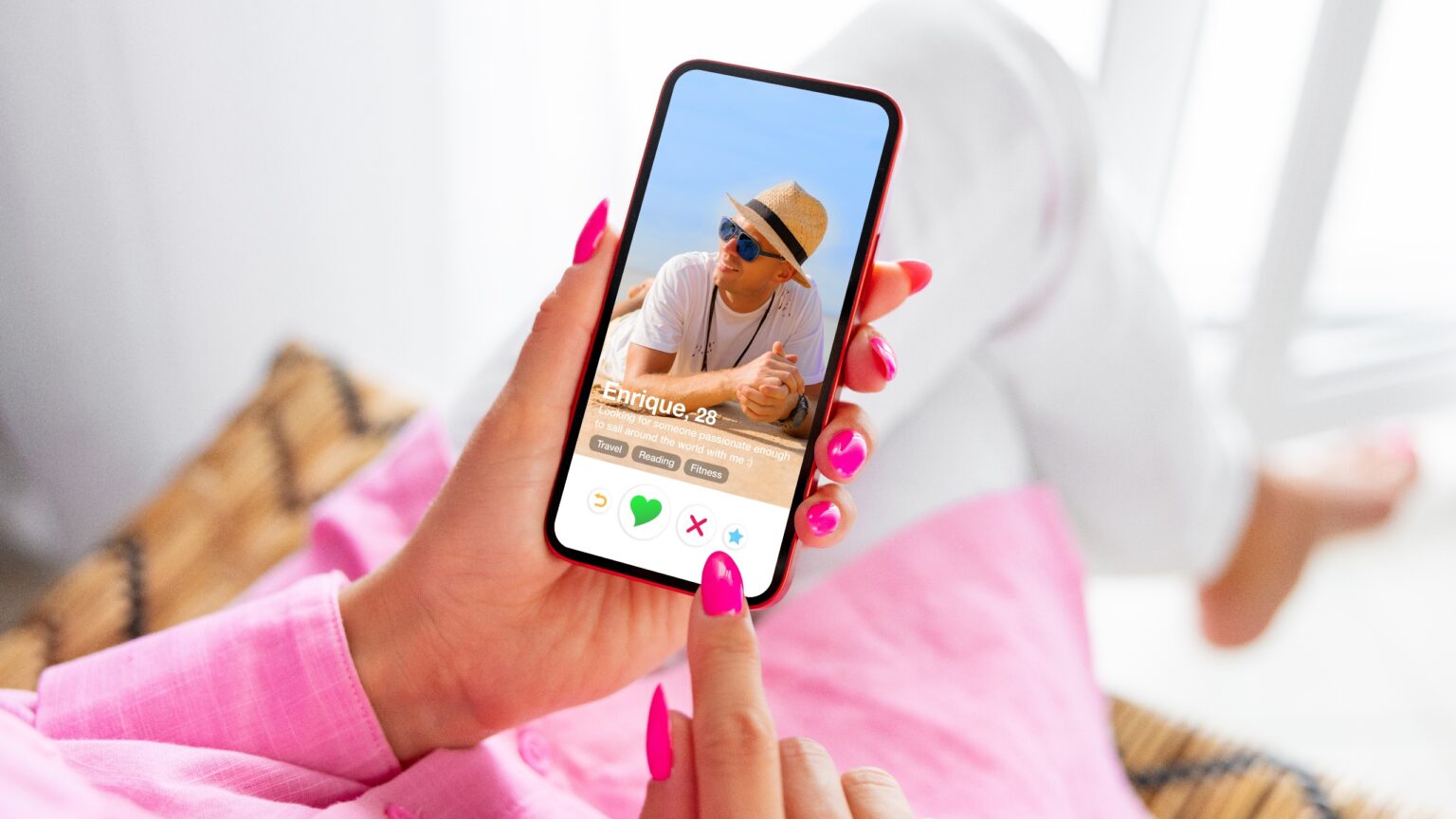Dating platform Tinder is tightening the screws on its verification process amid an increase in AI crimes and dating scams on the platform.
The measures come at a time when generative AI is making it difficult for people to differentiate between real and AI-generated content, allowing scammers to dupe unsuspecting users with fake profiles.
The verification process
According to a Bloomberg article, the verification process is rolling out in Brazil, the US, the UK, and Mexico after many news outlets reported several criminals using dating apps to lure people into Colombia. The process is expected to take weeks or months.
The verification process is already being tested in New Zealand and Australia, where, according to the company, verified people “saw a 67% increase in matches compared to those who didn’t.”
To complete the verification process, Tinder now requires a valid driver’s license or passport and a selfie video to get a blue checkmark.
Once a user uploads a selfie video, they will then upload their passport or driver’s license to allow the dating platform to verify the identity of the user and confirm if it matches the photos on their profile.
Match Group spokesperson Kayla Whaling told The Verge that users must be able to use their other forms of IDs as “each market is different, but state or government-issued photo IDs will be accepted.”
The verification process also involves checking the date of birth listed on the passport or driver’s license to confirm one’s age.
Also read: In Act of Defiance, Helen Mirren Destroys AI Speech at Ceremony
Safety first
The latest development at Tinder is happening at a time when dating scams have risen significantly due to the ease with which fraudsters can create fake dating profiles. Bloomberg research recently indicated that fake dating profiles flooded not only Tinder but other dating platforms like Hinge and Bumble. Generative AI tools like ChatGPT, Gemini, and others are being used to create fake profiles to dupe victims into sending scammers cryptocurrency “under false pretenses.”
However, Rory Kozoll, senior vice president for product integrity at Tinder, has indicated how the dating platform prioritizes safety and security for users on the platform.
“Giving users more confidence that their matches are authentic is one of the most valuable things we can do for them. Safety is and remains a priority,” said Kozoll.
“We have released over 20 in-app safety features in the past few years, as well as working with a number of partners, including leading NGOs, to promote safe dating. It drives our continued ambition to create a respectful and great experience for all.”
Expanding the verification process across regions
The dating platform first initiated the verification process in 2020 with the launch of new safety features, which included the photo verification process. For this initial process, Tinder partnered with Noonlight, a safety application, which gave users easy access to emergency call services. This feature also flags any potentially offensive messages.
Tinder expanded the verification process in 2023 to include video, requiring users to take video selfies to prove they’re real.
Now the latest verification features, already in effect in Australia and New Zealand, are expected to expand to the US and Mexico by summer, while Brazil and the UK should have them by spring.
Those who successfully complete the verification process will get a blue checkmark badge on their profiles, which identifies them as “fully verified users.”









 and then
and then